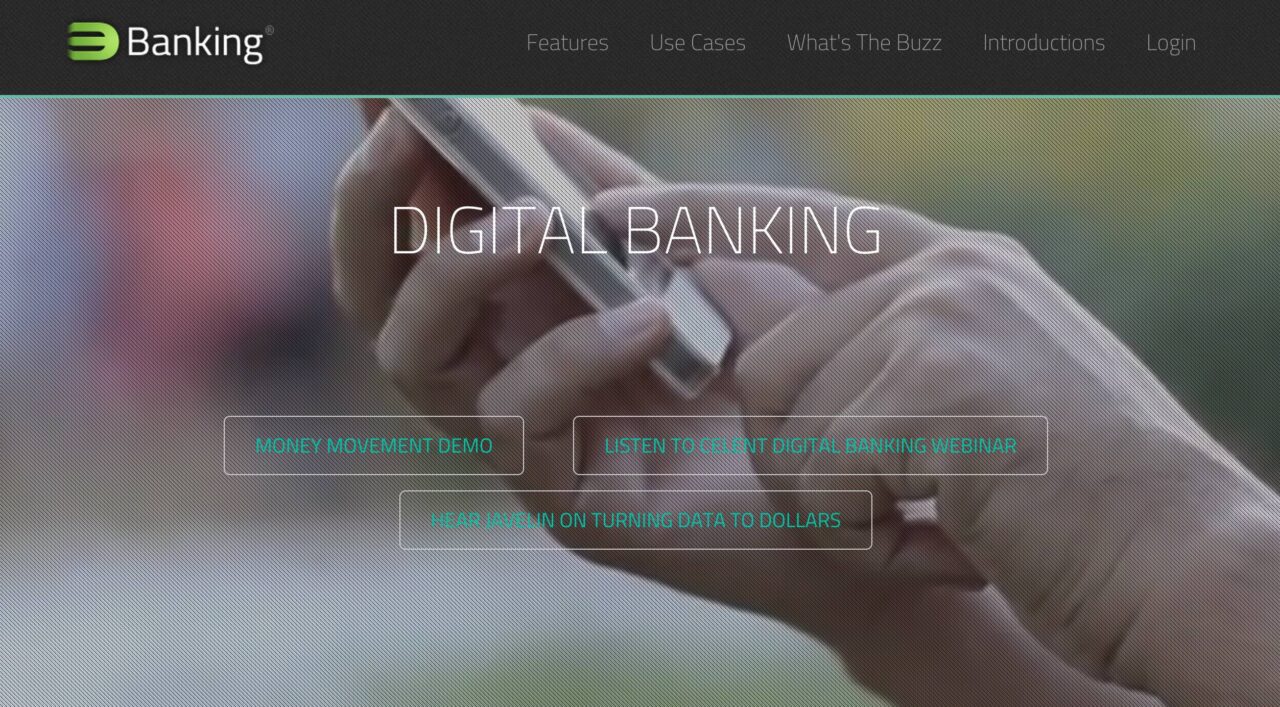
The Sneak Peek series looks at the innovators demoing live on stage at FinovateFall 2015. Be sure to pick up your tickets to our annual autumn conference, and we’ll see you in New York!
 D3 Banking provides data-driven digital banking solutions designed to meet the needs of consumers and small businesses by delivering innovative services and a consistent UX to any digital device.
D3 Banking provides data-driven digital banking solutions designed to meet the needs of consumers and small businesses by delivering innovative services and a consistent UX to any digital device.
Features:
D3 Small Business Banking allows financial institutions to provide services tailored to small businesses, including auto-categorization, intelligent reporting and innovative money-movement services.
Why it’s great
D3 Small Business Banking’s innovative services and digital analytics allow financial institutions to deliver services to their small business, which means the difference between success and failure.
 Presenters
Presenters
Michael Carter, CMO
Carter has worked in fintech for more than 30 years. He has worked with startups, early stage and public companies in the U.S. and abroad.
LinkedIn
 Andy Holdt, Director, Sales Support
Andy Holdt, Director, Sales Support
Holdt has more than 15 years’ experience in financial services, including retail bank and payment card marketing as well as product, portfolio and client-relationship management.
LinkedIn

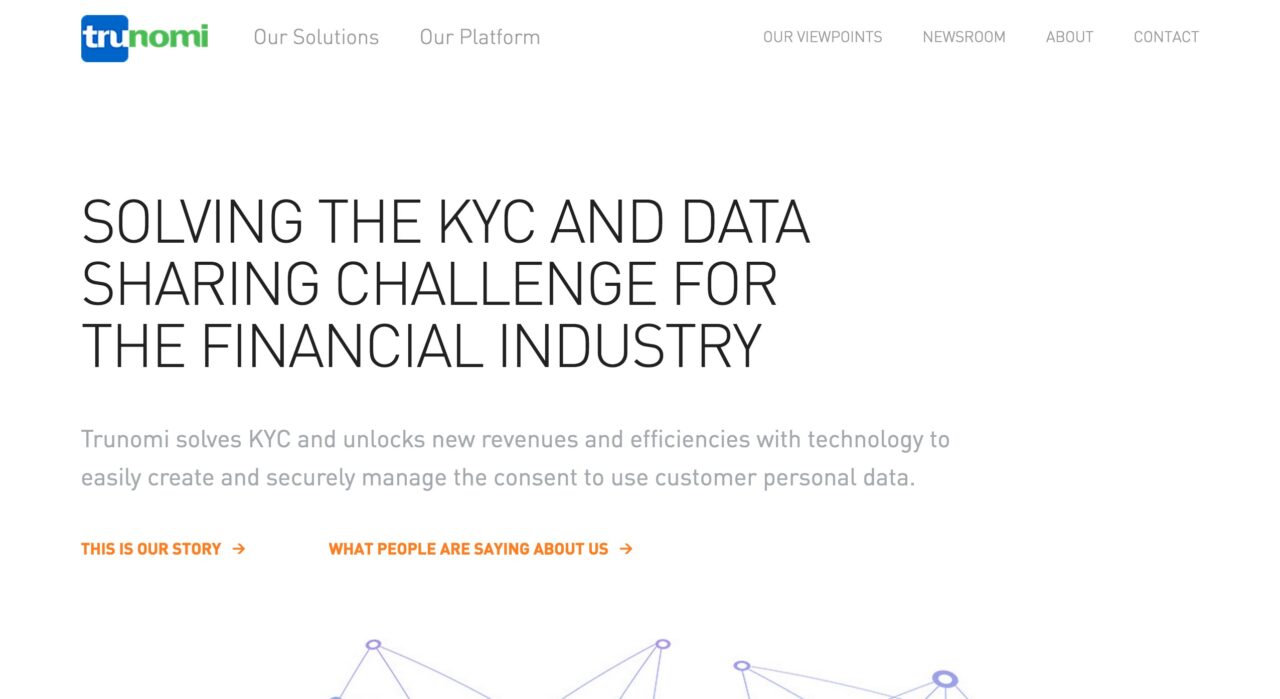
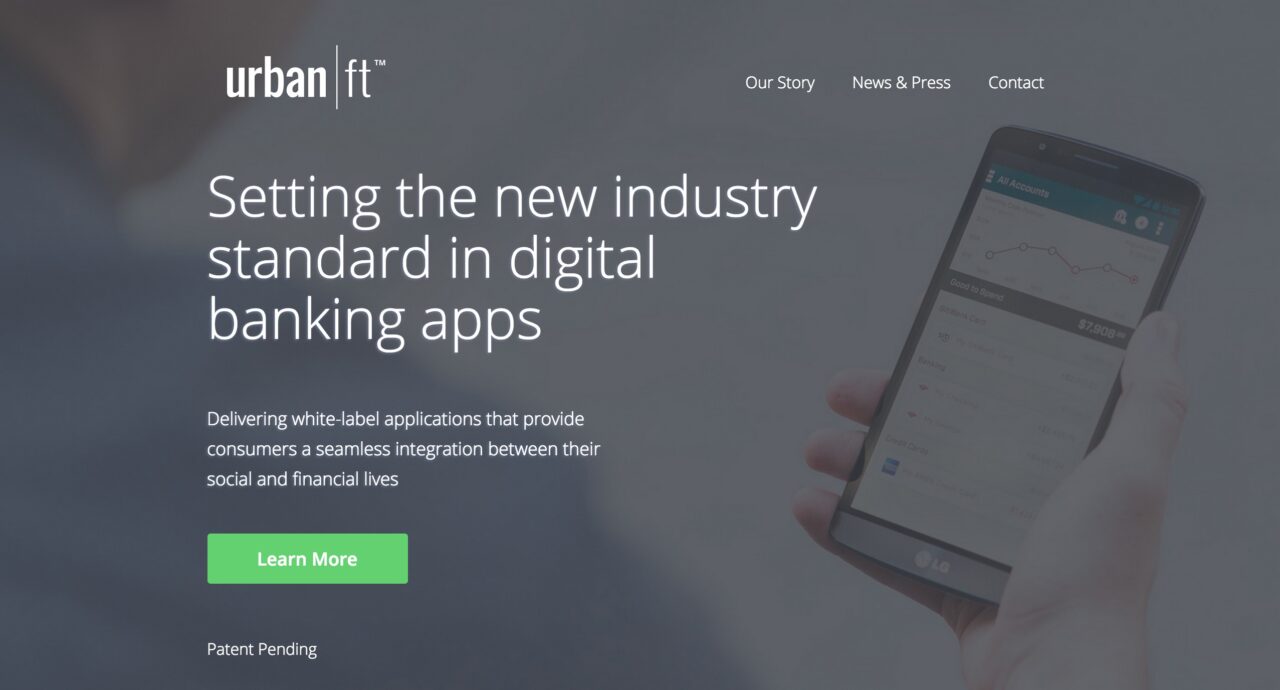
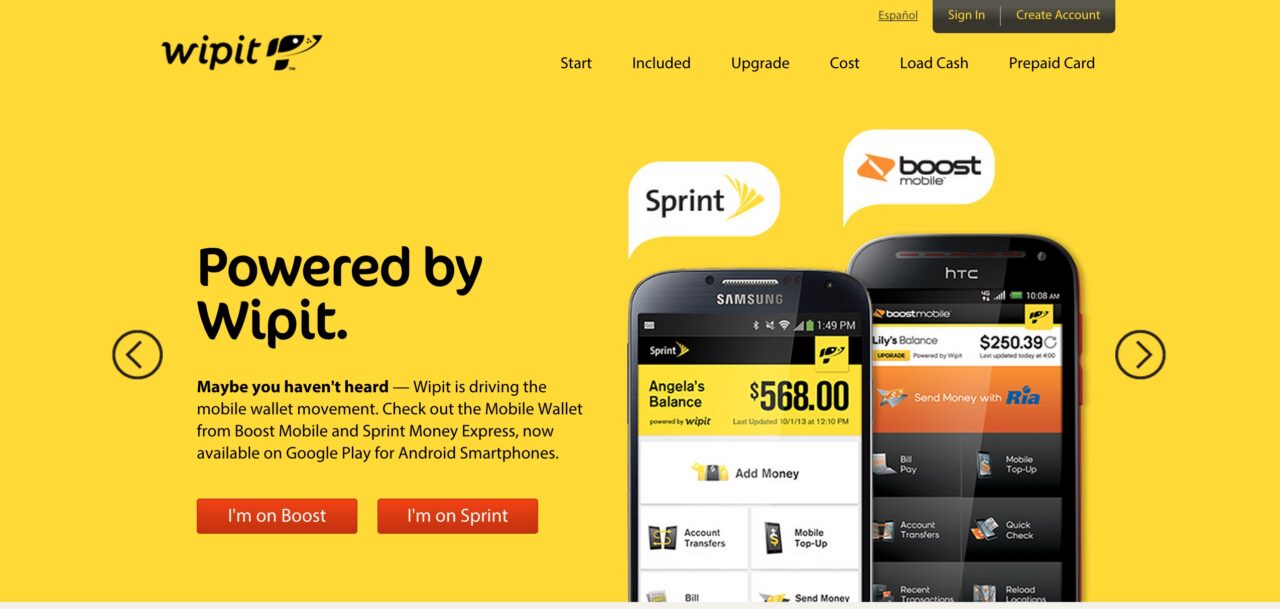
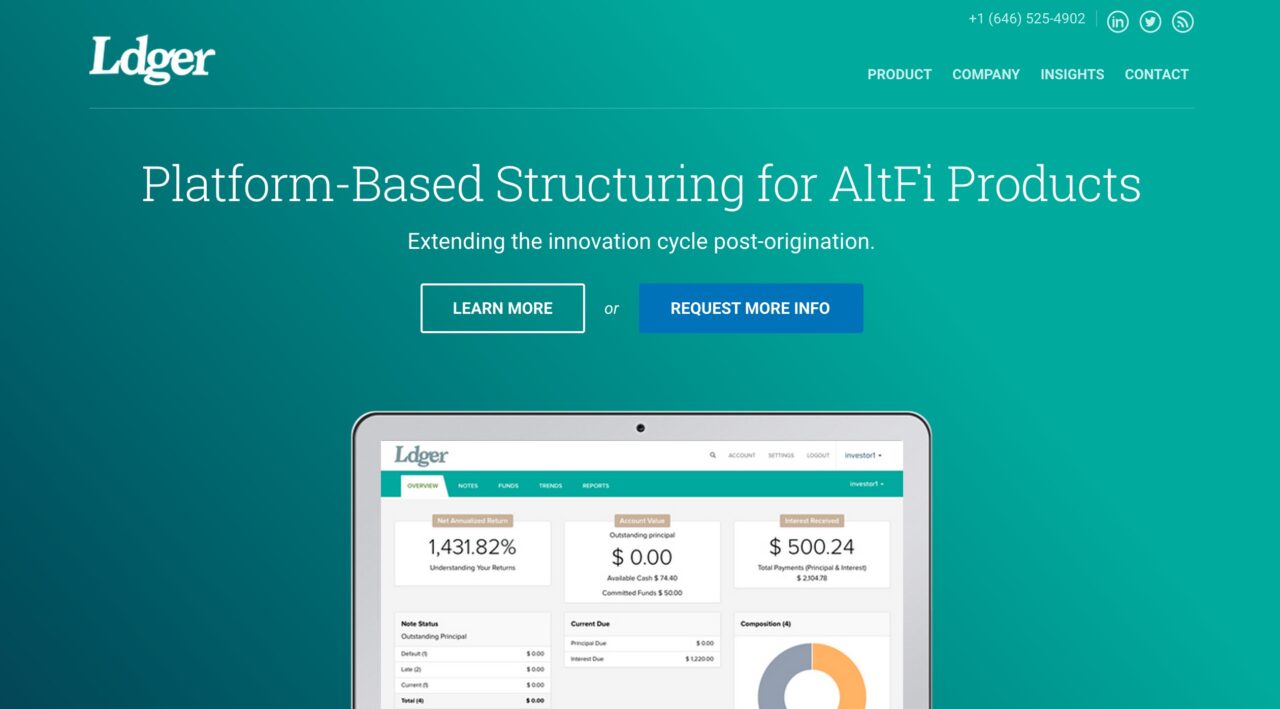
 Presenters
Presenters Hyung Kim, Co-founder, Financial Markets
Hyung Kim, Co-founder, Financial Markets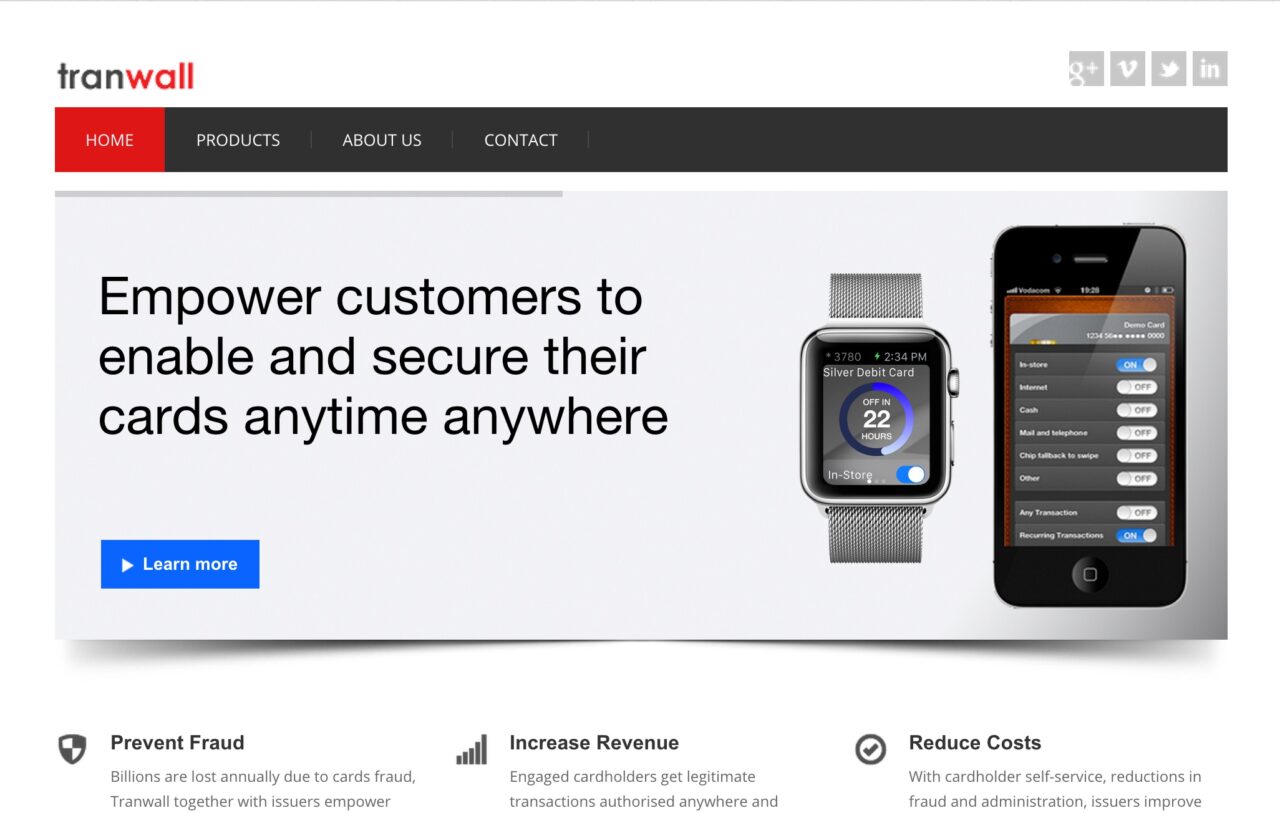

 Presenters
Presenters Diederik Bruggink, Business Development Manager
Diederik Bruggink, Business Development Manager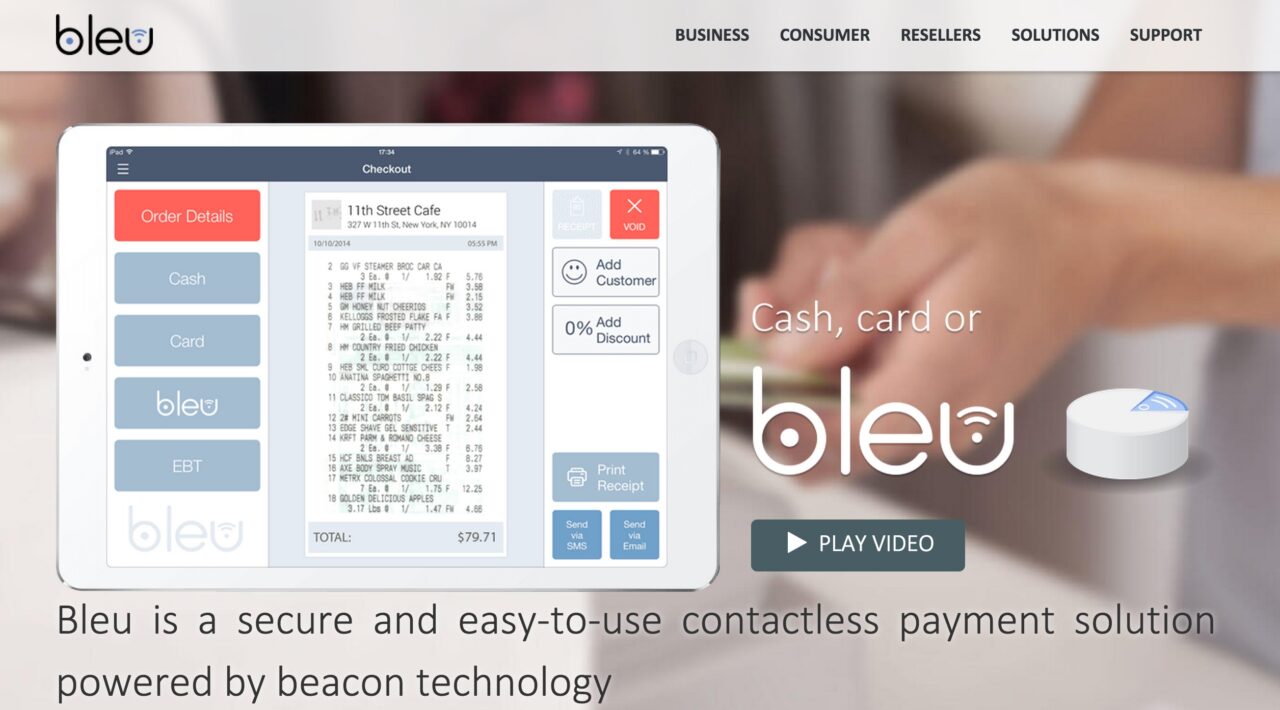
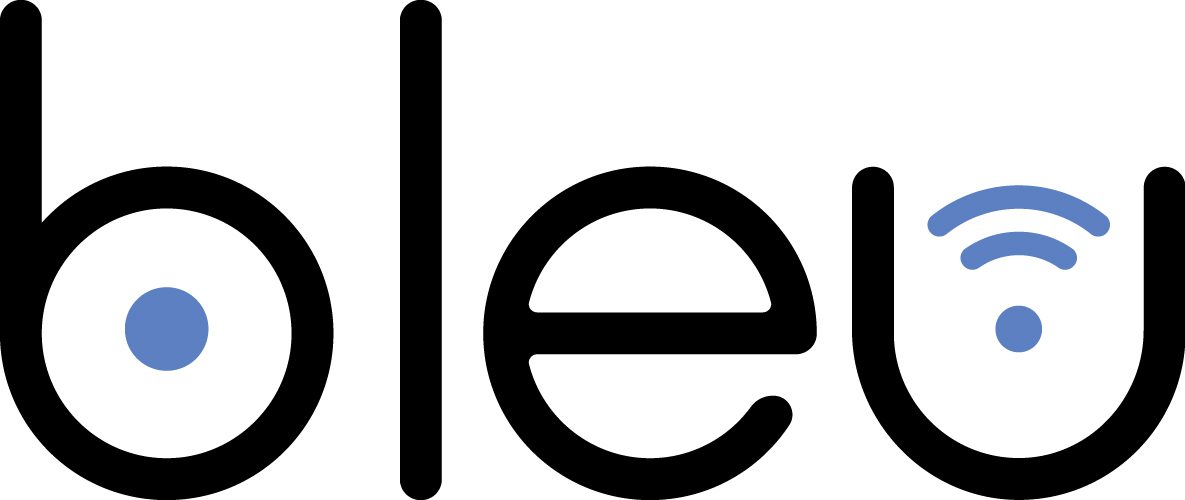 Bleu
Bleu Presenters
Presenters Brett Howell, Senior VP Business Development
Brett Howell, Senior VP Business Development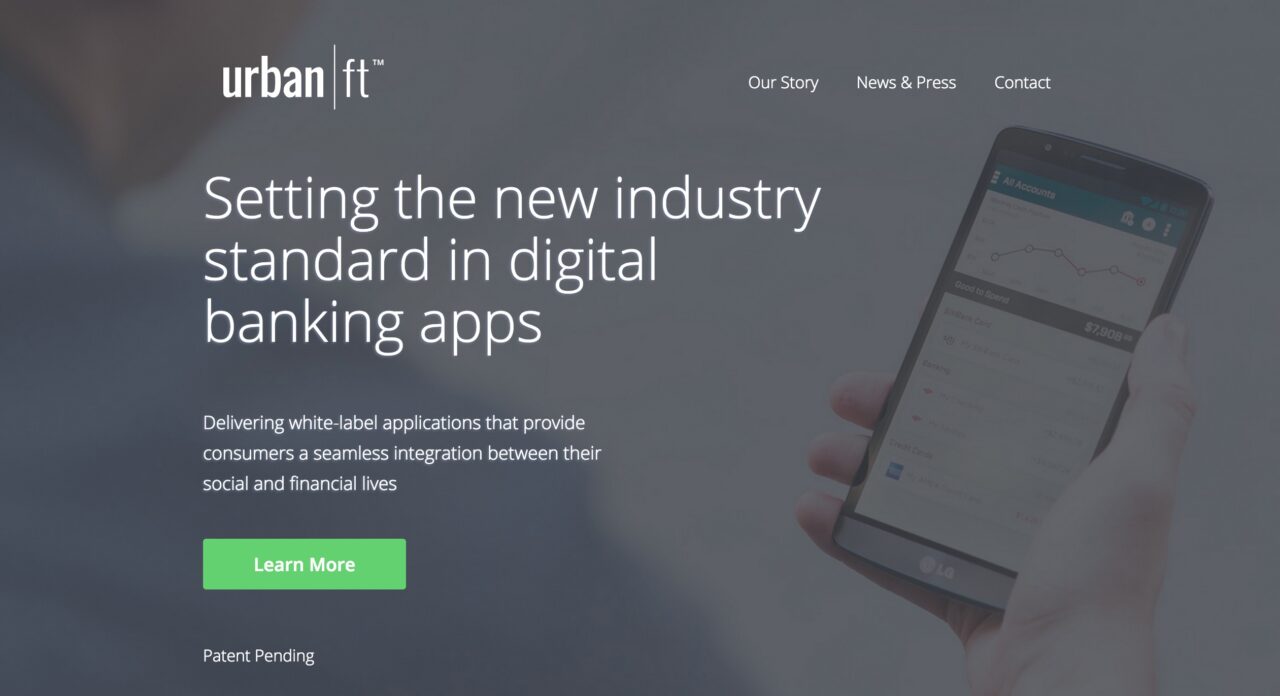
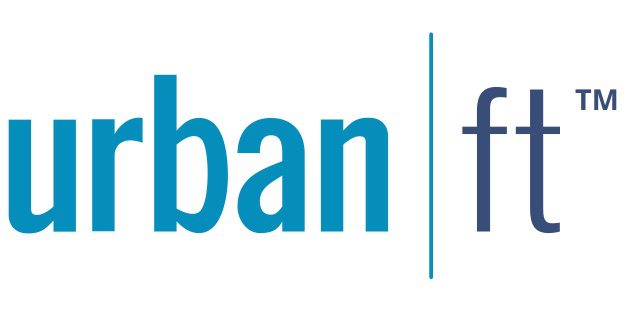 Urban FT
Urban FT Presenters
Presenters Mark Kilpatrick, Chief Product and Brand Officer
Mark Kilpatrick, Chief Product and Brand Officer
 D3 Banking
D3 Banking Presenters
Presenters Andy Holdt, Director, Sales Support
Andy Holdt, Director, Sales Support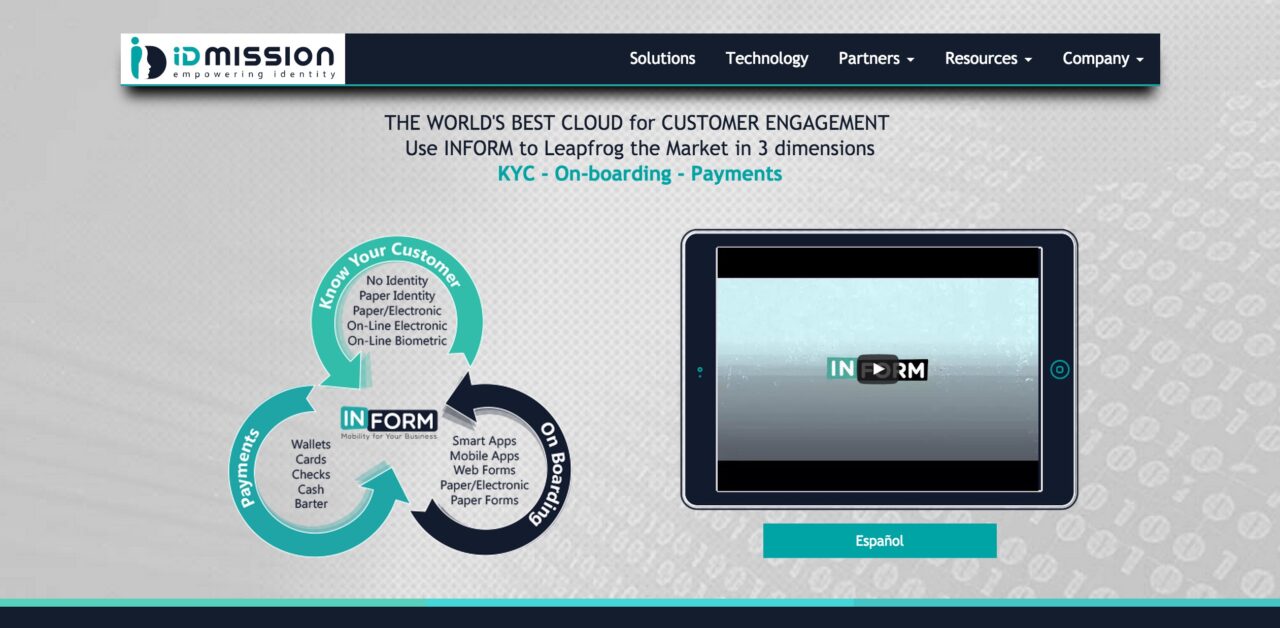
 IDmission
IDmission
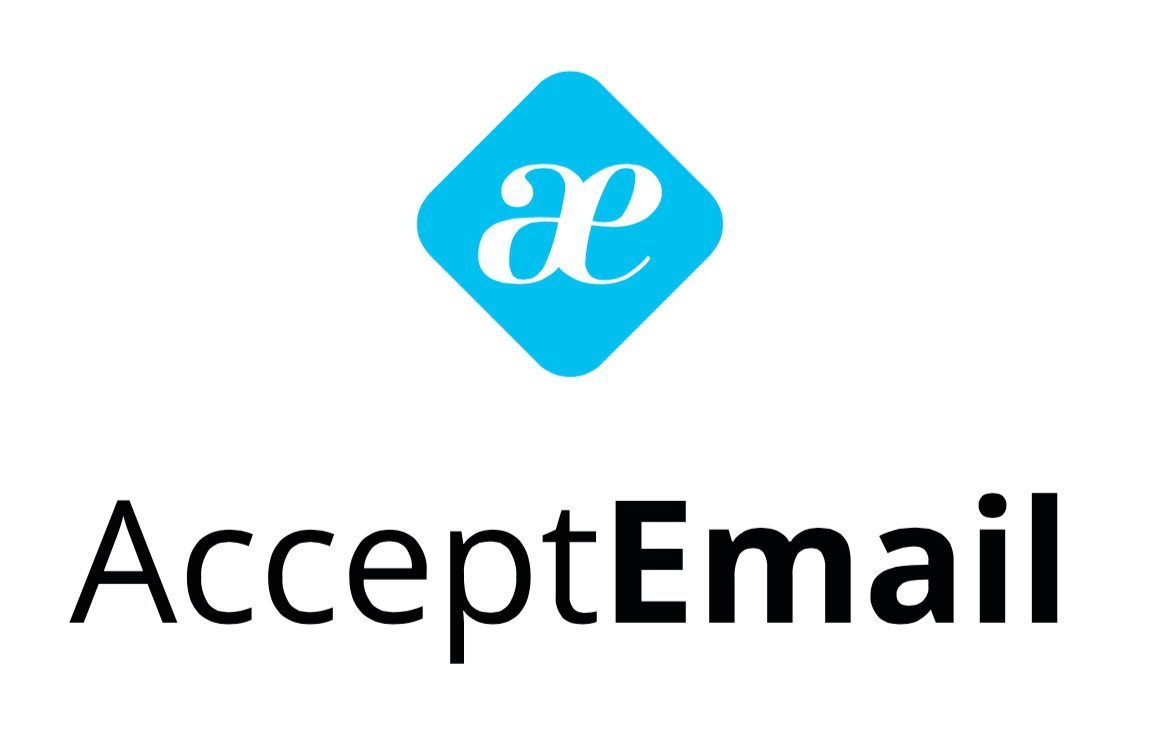 AcceptEmail
AcceptEmail Presenters
Presenters Geerten Oelering, CTO
Geerten Oelering, CTO
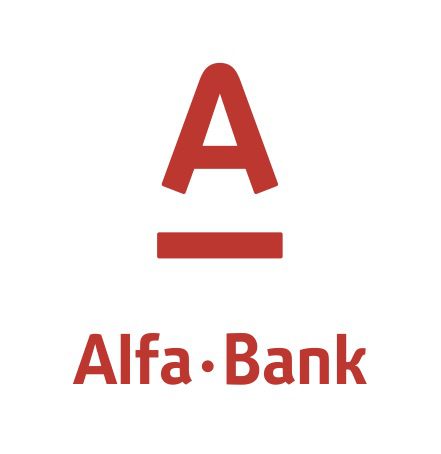 Alfa-Bank
Alfa-Bank Presenters
Presenters